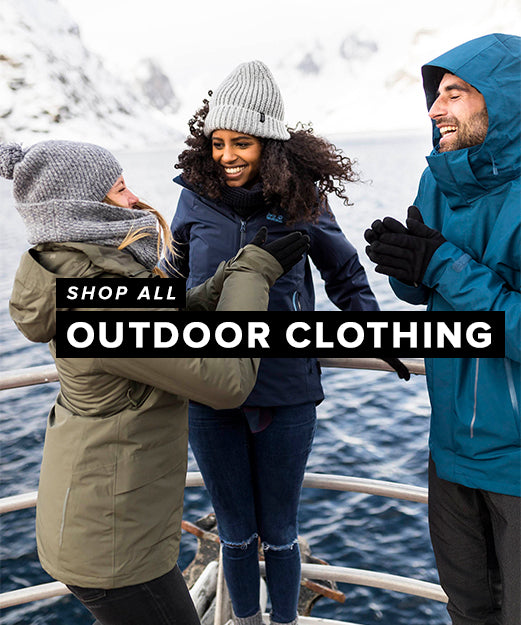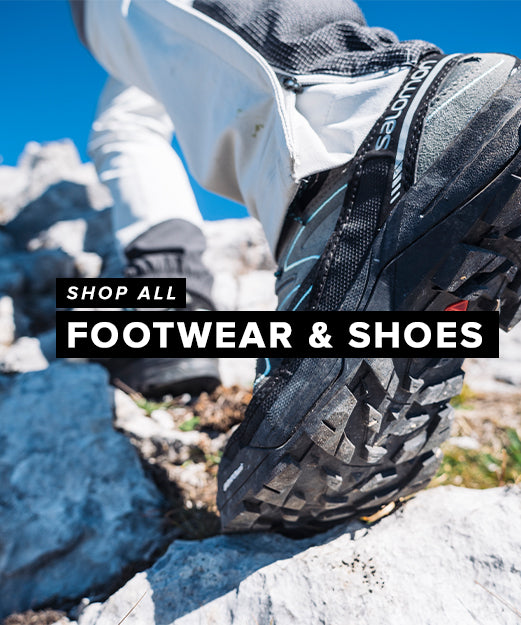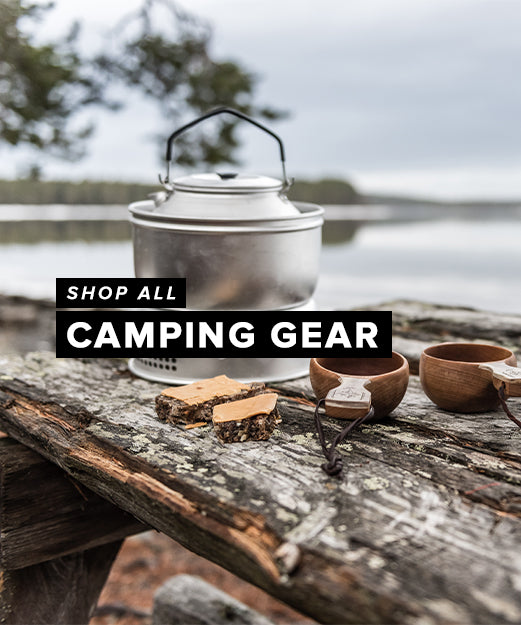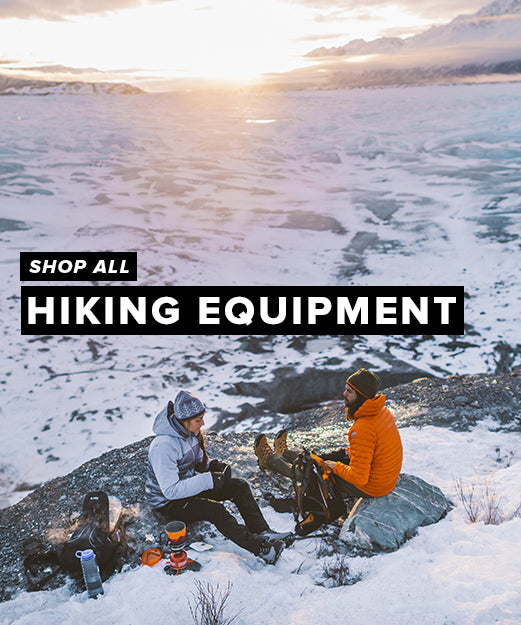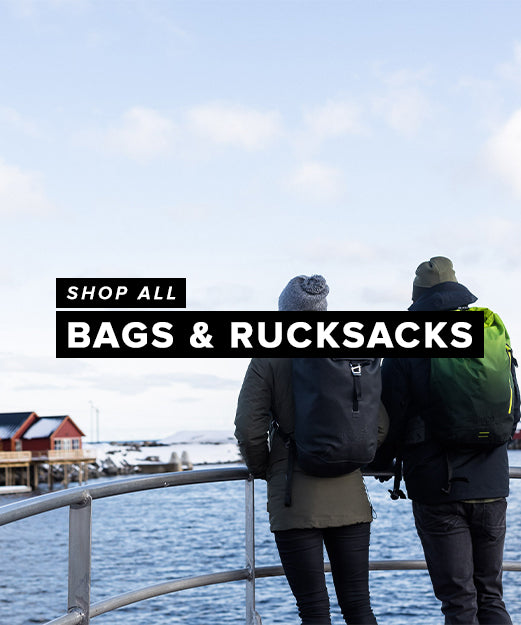If you’re looking to update your snowboard, or it’s your first snowboard purchase, there are several features to look out for. Snowboard designers have been busy coming up with ways to make carving and off-piste riding a whole lot easier, and in many cases, more aggressive.
These days there are snowboards to meet all riding aspirations and in particular many boards now come with new traction and camber technology. Various snowboard brands have their own versions so it will require a little explaining.
Camber is the way that a board is shaped from nose to tail. It also takes into account the weight of a person standing on the board. Basically, more camber at each end offers better float when heading off-piste. You need to take into account the flex of a board, too, because the more flexible it is the greater the degree of lift at the nose and tail. While flex and camber might be ace off-piste, a stiffer board will probably suit on-paste riders much better.
What's this snowboard traction all about?
Traction comes from “side cuts” on the boards. Rather than a standard-looking side cut that just bends in at the waist and back out at the nose and tail, new side cuts either have an indentation creating a kink or an outward bend creating a bump in the side cut. Some have waves all the way along the sidecut edge to offer more points of contact with the snow when turning on the board. Visually you can notice these waves looking right at the board or by putting it on its edge and looking down the sidecut.
Licensed by Lib tech for use by snowboard manufacturers, such as Roxy and Rossignol, is Magne traction. The most basic description is "edges with wavy lines”. More specifically, this design has serrated edges, rather like a bread knife that offers more grip and control when on the snow. So instead of just one line of an edge for cutting into the snow when carving, the Magne traction offers several points of contact for increased likelihood of contact when turning.
Burtons boards use a similar design with two extra contact points along the sidecut. Salomon call their sidecut the “Equalizer”. Meanwhile, Bataleon, has also brought out boards using their Triple Base Technology (TBT). Here’s how TBT is described: “A TBT snowboard is flat between the bindings with angled side bases that are lifted with gradually increasing angles. The uplift starts from flat in the binding area to a maximum increase at the widest point of the board. With the new updated TBT there is a slight extra uplift happening after the effective edge end to create an even looser feeling without sacrificing control.” The sidecuts of many Bataleon boards also offer extra traction but without over-doing the cut into the snow.
It's worth taking several boards for a test-ride if you can – perhaps hire a board for a day – before buying because each board is different and will suit a range of rising styles.
* Tell us what you think of the new technology.
With thanks to Nassfeld from Flickr for the header image.
 NEW!! Free UK Delivery
NEW!! Free UK Delivery Hassle-Free Returns
Hassle-Free Returns Clearpay
Clearpay


